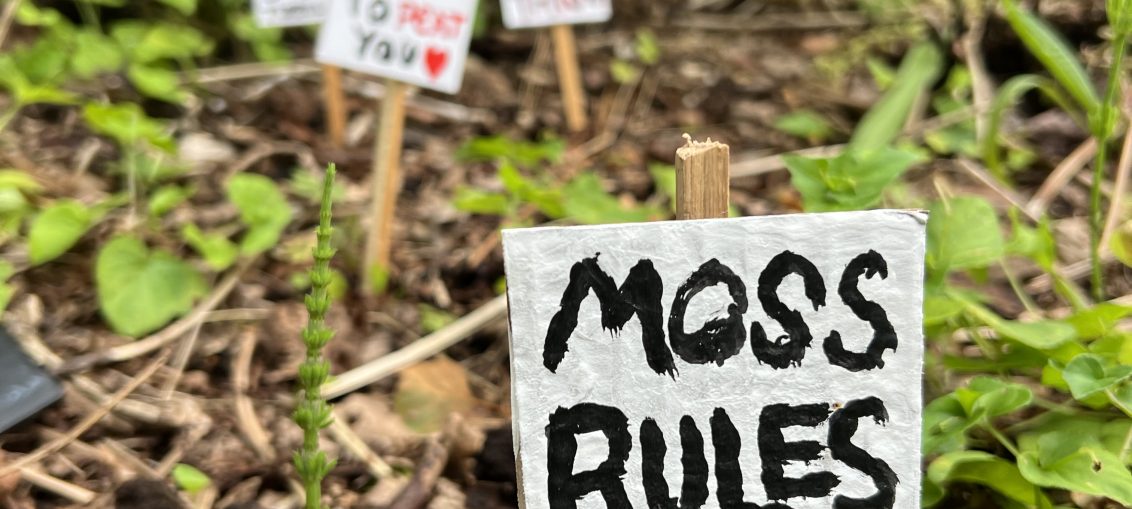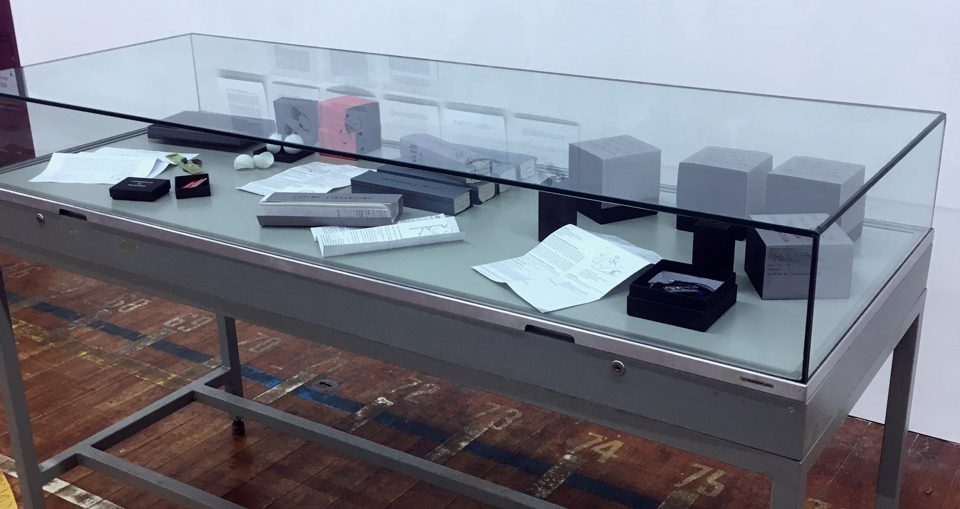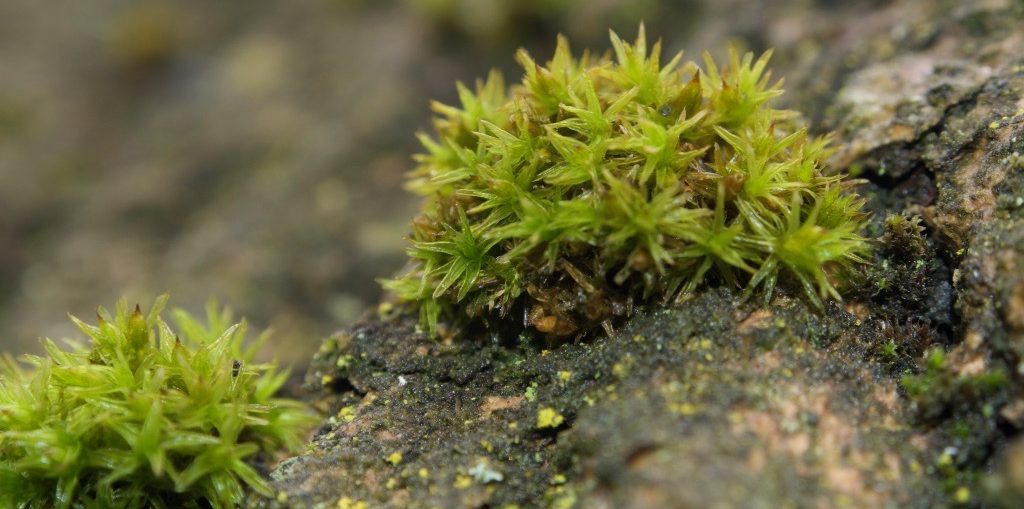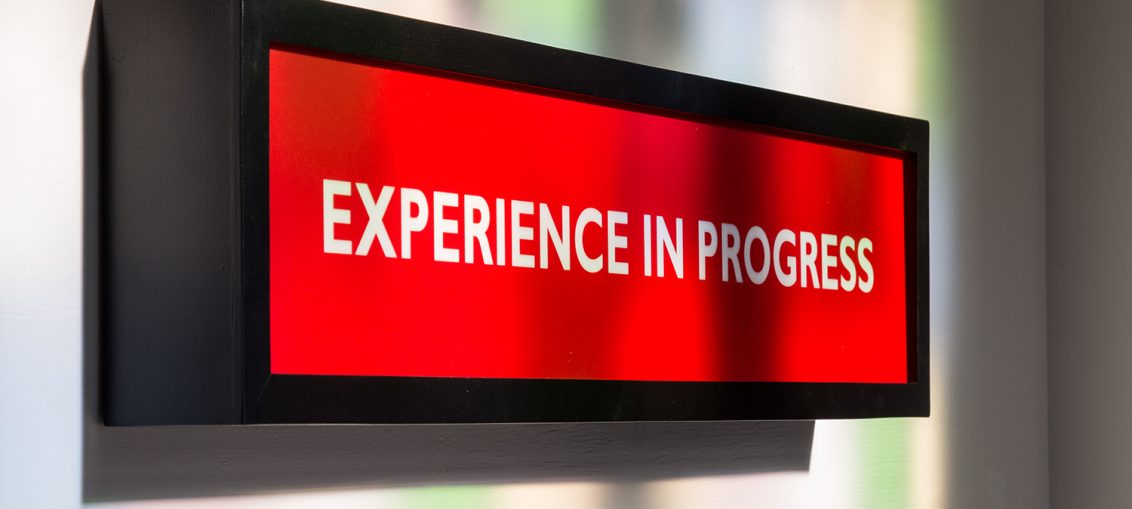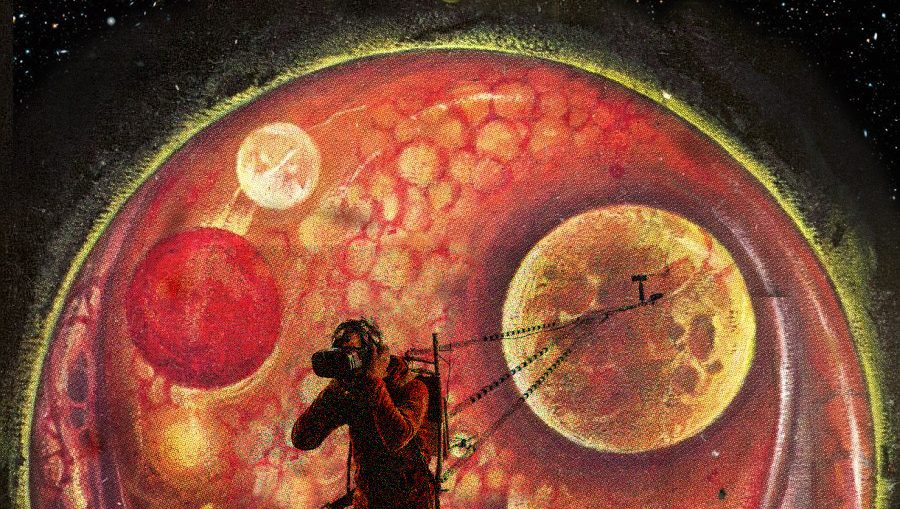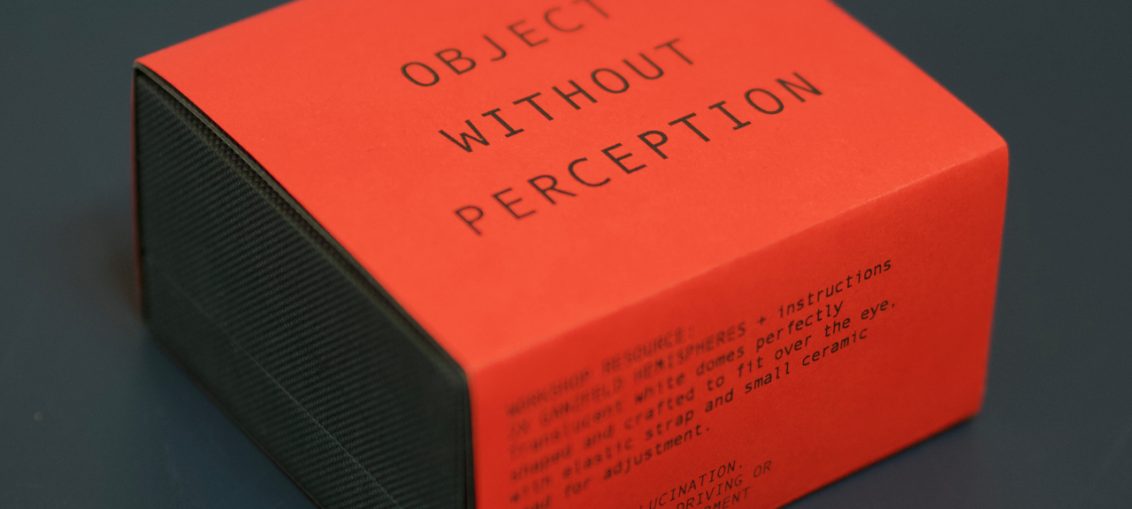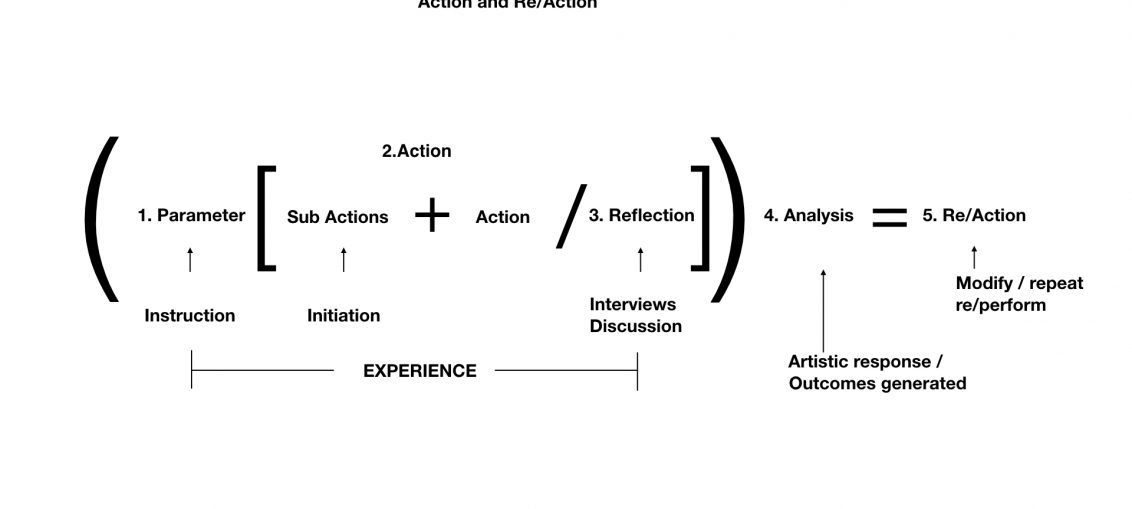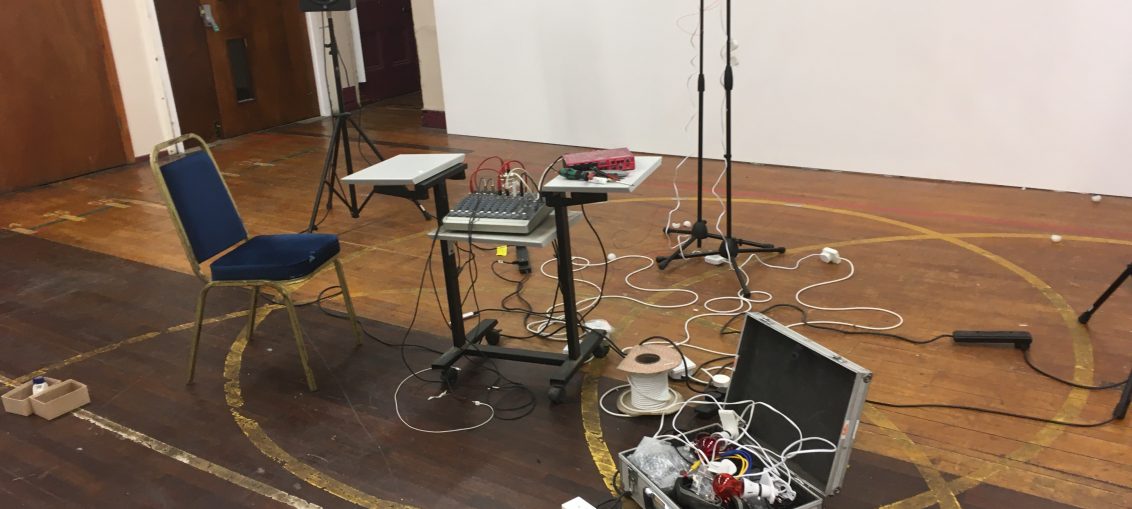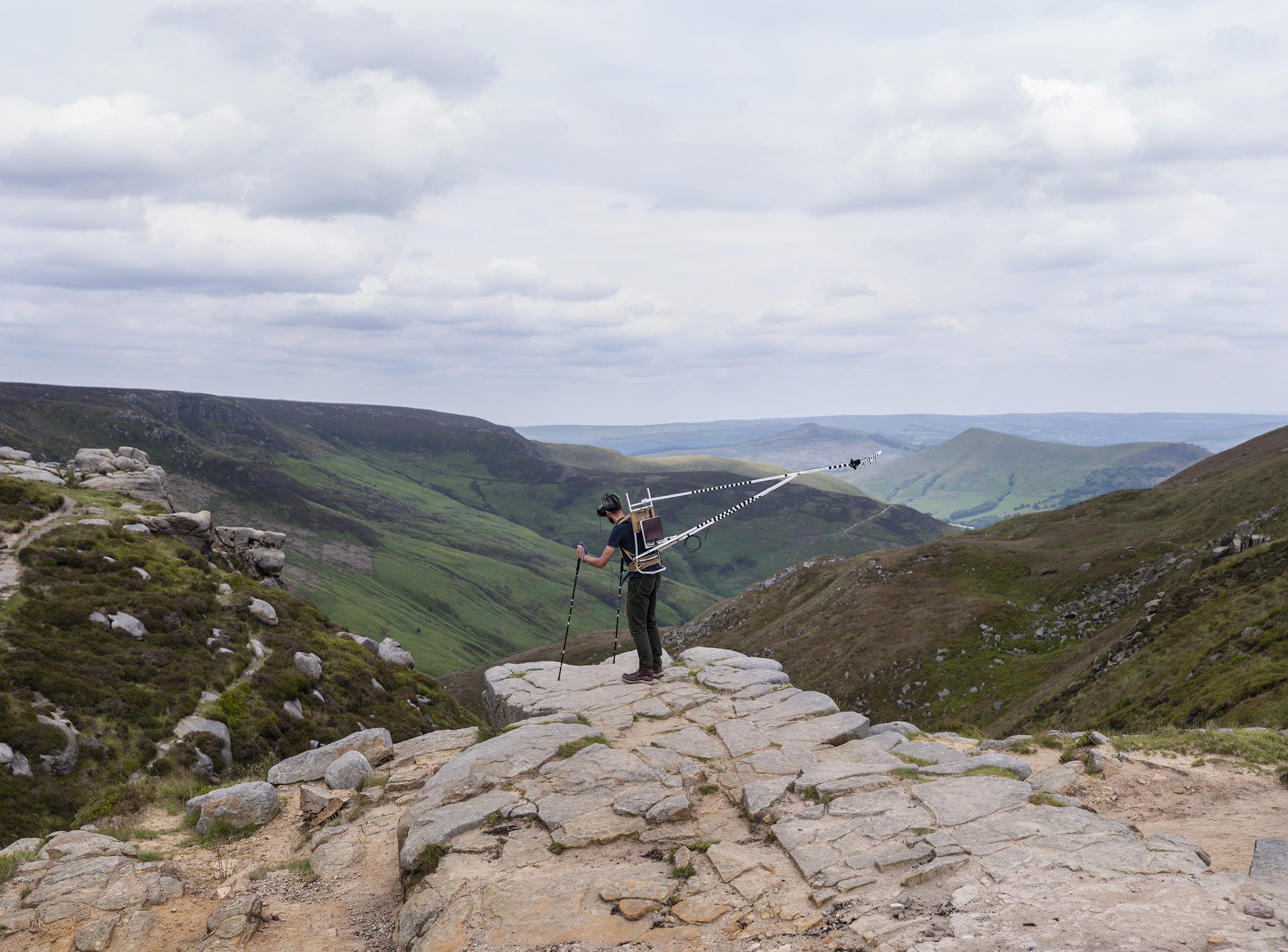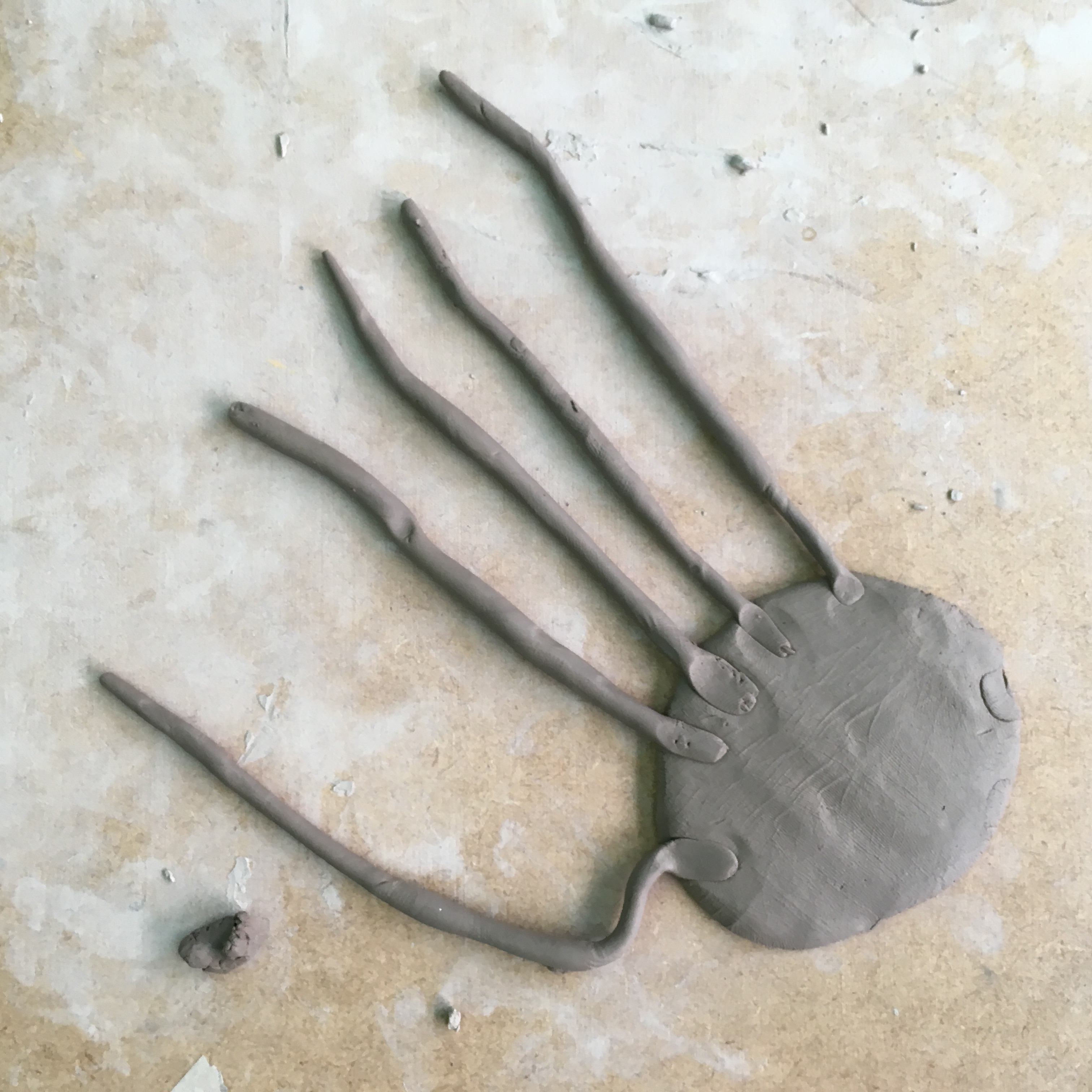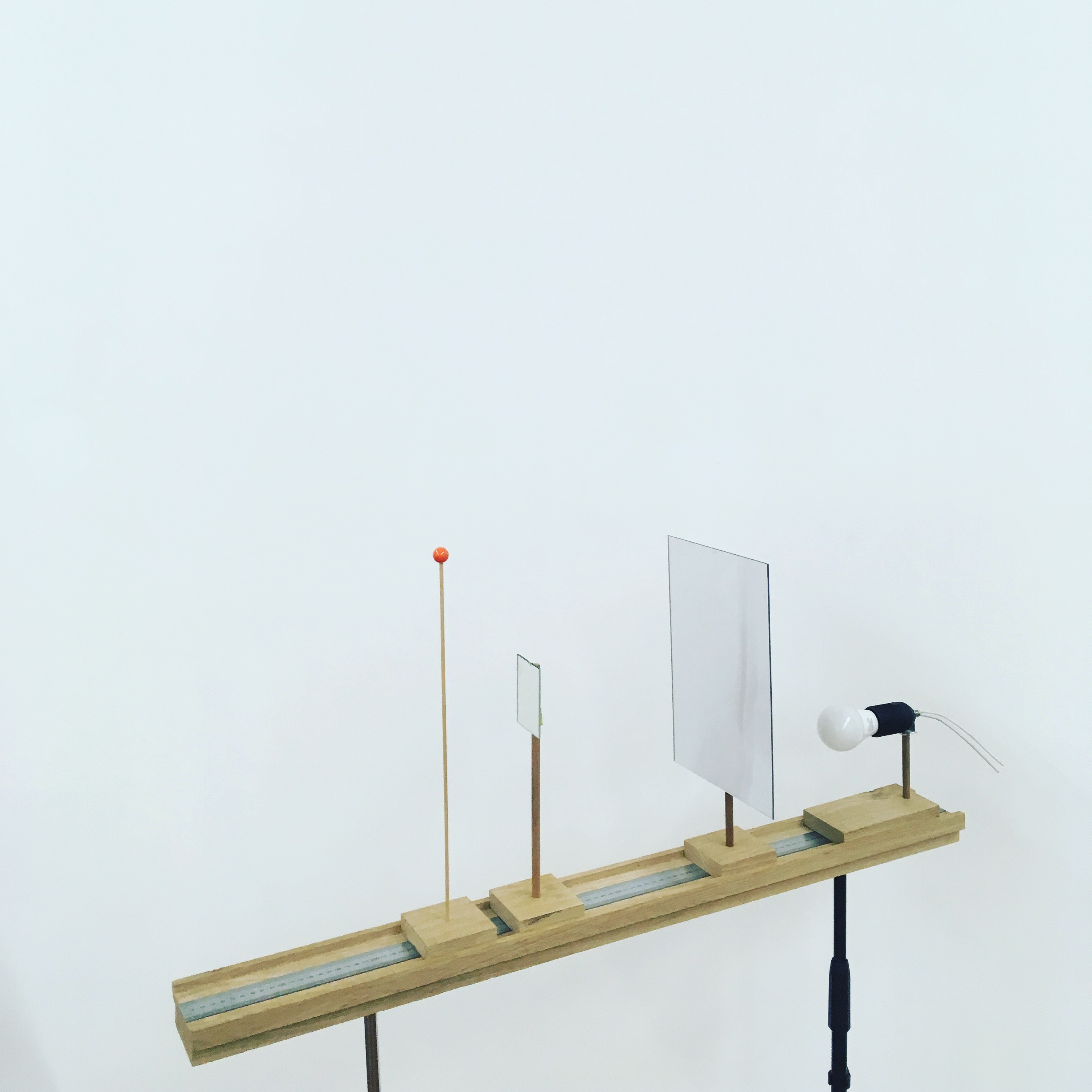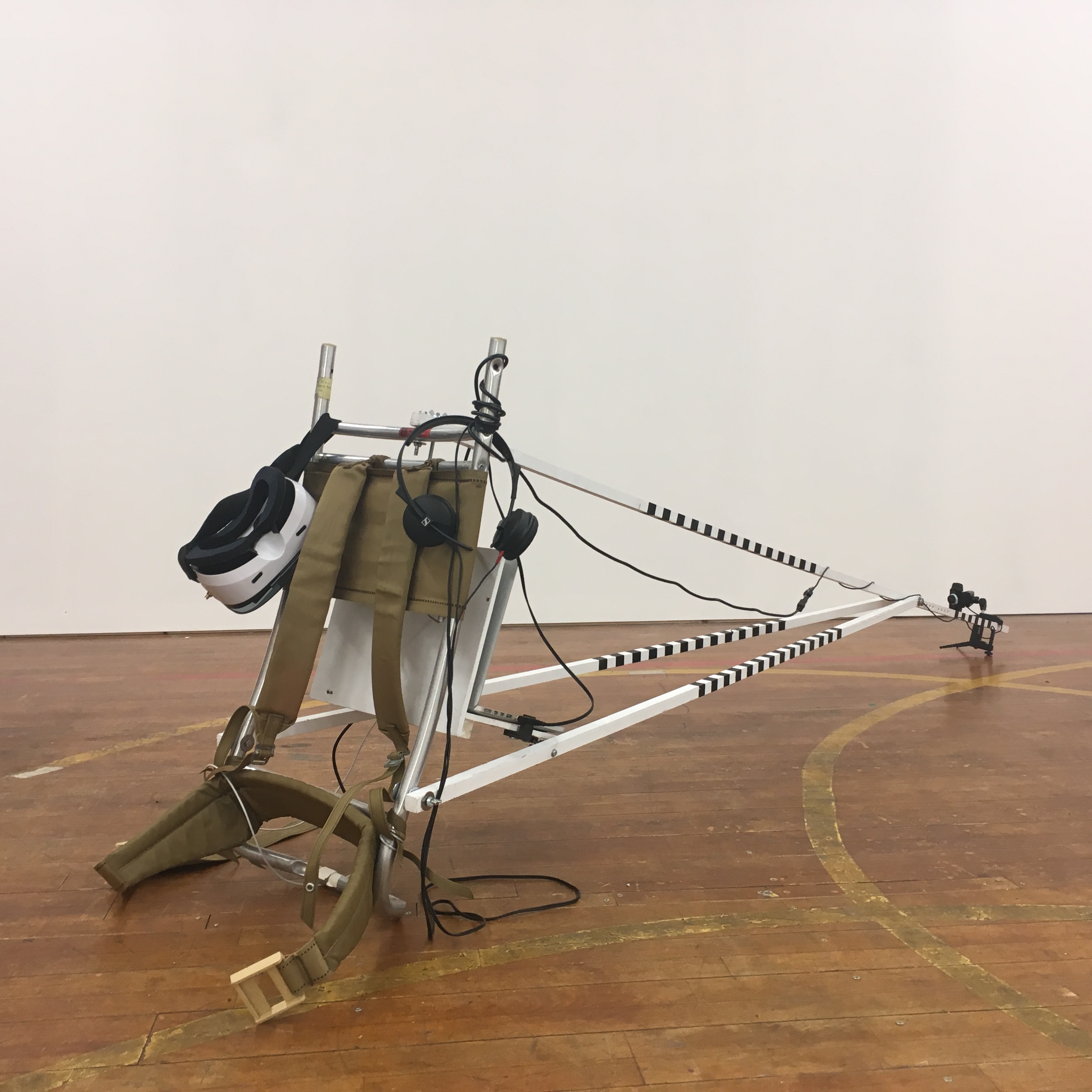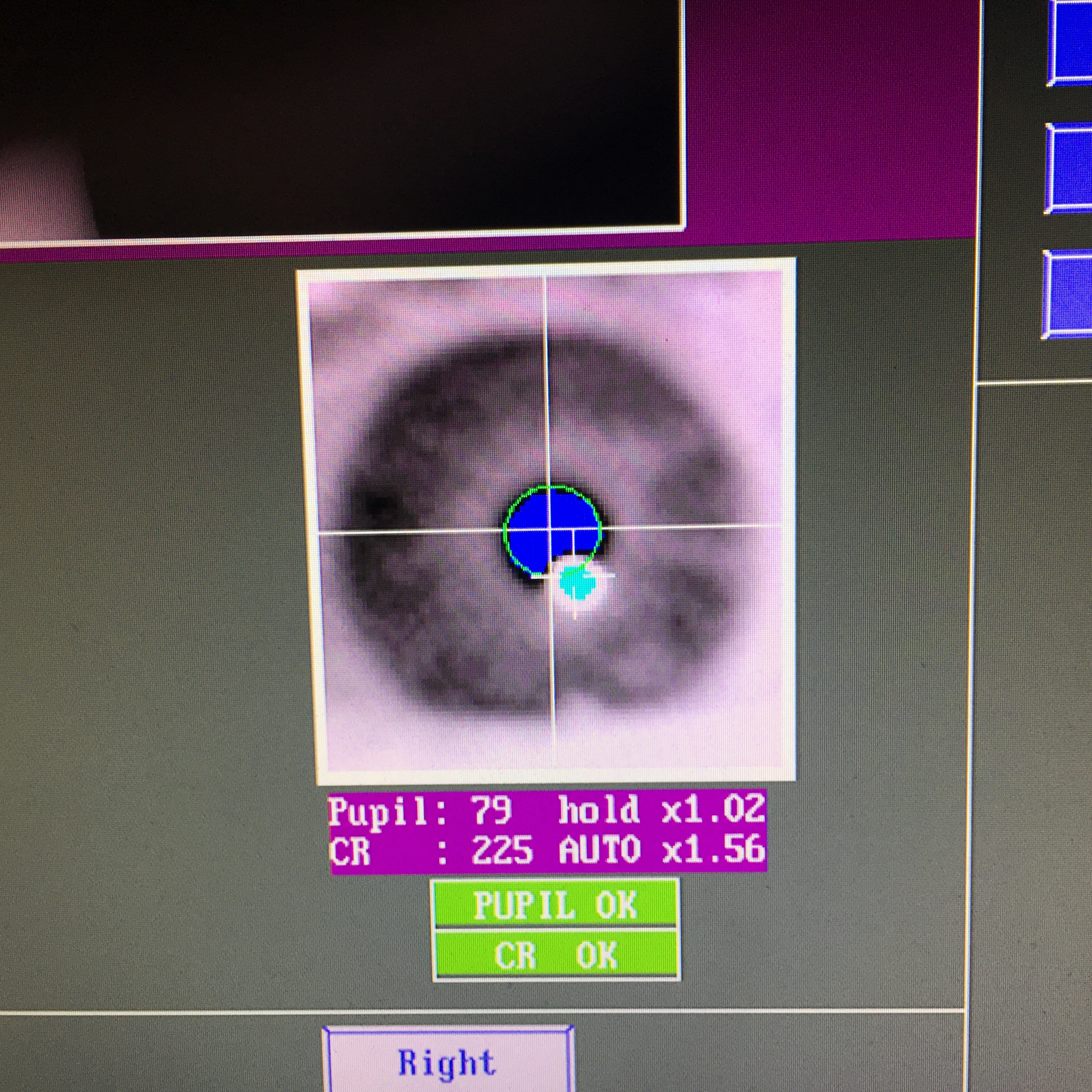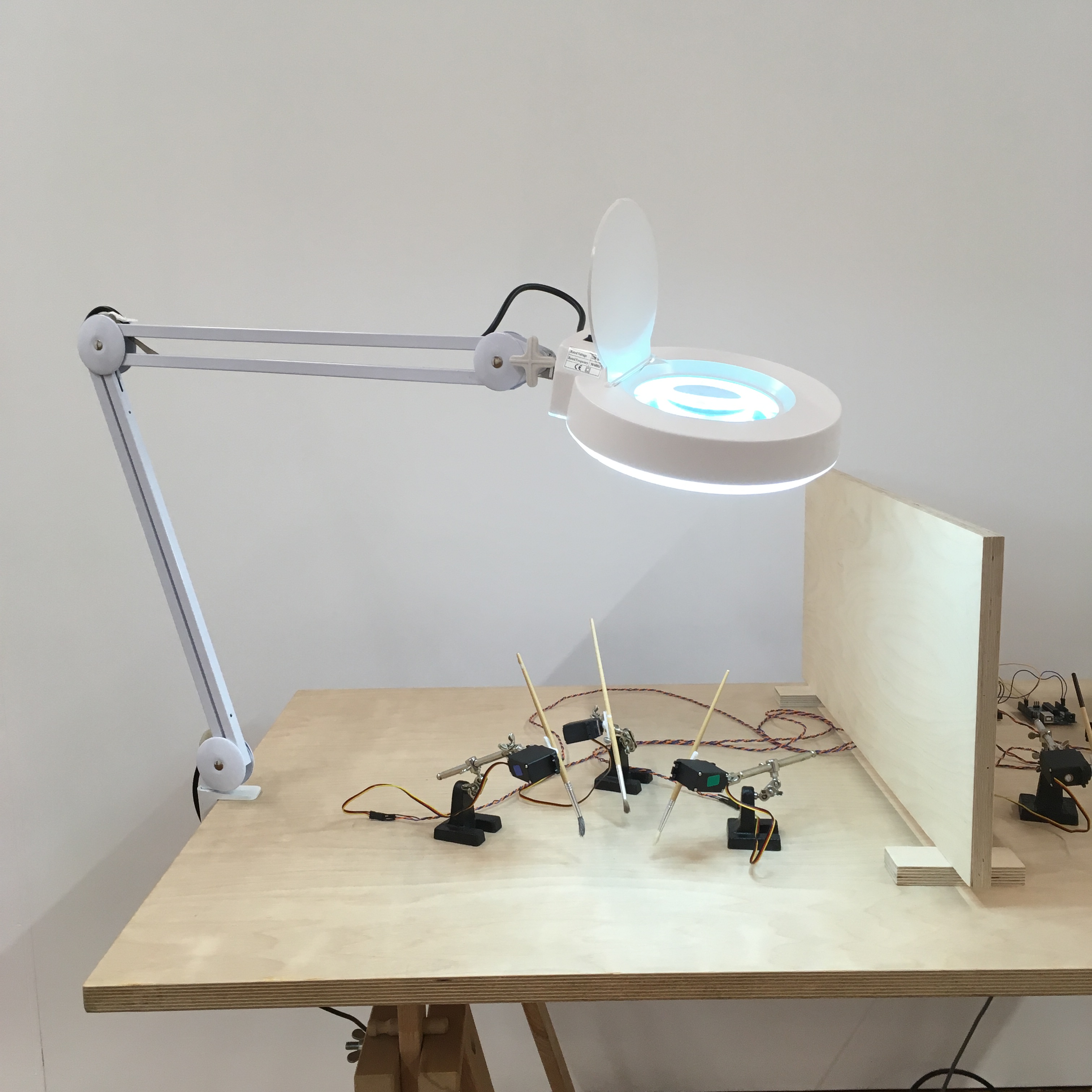MossWorlds: The Exhibition is now on! National Trust Castlefield Viaduct 22 Oct 2025 – 1 Feb 2026 Step into the lush, layered world of moss a quiet hero of Manchester’s past, present, and future. Through immersive art, music, poetry, and hands-on activities, MossWorlds re-stories moss as more than a plant: it’s resilience, intelligence, and wonder. From lowland bogs to railway embankments, community parks to viaduct gardens, moss has always been part of Manchester’s evolution See more info on exhibition here See more about the project here: https://mossworlds.co.uk/
Tag: art
Micro protest workshop
The Micro-Protest Workshop explores the power of gentle protest through small, situated acts of resistance. Participants use a process of ‘diffractive mapping’* to co-create protest signs and slogans that draw on perspectives from ecology, art, and activism. Rather than large-scale statements, these micro-signs give voice to overlooked or more-than-human worlds, transforming protest into an exercise in empathetic imagination. Drawing on Corbett’s idea of gentle protest (Corbett, 2017) and the Situationist practice of détournement (Debord & Wolman, 1956), the workshop uses humour, play, and re-appropriation to show how media objects, even modest ones can disrupt dominant narratives and open space for critical reflection.
What is it that I do?
The question, "But, what is that you actually do?" [1] was posed to me as an impressionable master's student [2] after having presented my entire portfolio of work; the question perplexed me because, at that time, my practice was still developing, and I still wasn't entirely sure what it was that I was doing. Later as an emerging professional artist discussing practice, this straightforward yet wise advice was given by a curator; 'Think of a thing that you do, and keep doing it' [3]. The thing was, even though there was clearly 'a thing that I did', having embarked on the foundational works that would inform my practice for many years to come, it took years to realise what it really was that I did. My Tabletop Experiments
Perception Group exhibit Para-lab Report 2021
para-lab Perception Group: Antony Hall and Ellen Poliakoff.The perception group explore the creative possibilities of re-creating experimental psychology within the context of an expanded [collaborative and interdisciplinary] art practice. The group work with aspects of sensory deprivation and multisensory illusion ( the clay hand illusion, ganzfeld and strange face illusion) which combine touch sound and visual elements. Artefacts include outcomes from the 'Experiments in art and perceptual illusion project' a PhD project by Antony Hall based on collaborative work with experimental psychologist Ellen Poliakoff. The exhibit consisted of workshop editions resources, instructions, diagrams and a collaborative research paper co-authored by Hall and Poliakoff [More information on para-lab report 2021 here...].
PhD exhibition Launch
The Workshop as Art: Insight Into the Subjective Experience of Perceptual Illusion Through an Expanded Art Practice Exhibition of works submitted in partial fulfilment of the requirements for the Degree of Doctor of Philosophy This virtual exhibition presents a new body of work exploring perceptual illusion and the workshop as a form of art. The workshops explore the effects of simulating illusory experience through combinations of sound, light and touch, as well as sensory deprivation. The workshops highlight the extreme subjectivity of everyday experience and raise some more unusual questions: What is it like to be invisible? What is it like to be outside of our bodies? Or to embody an and entirely unfeasible object? And what is the role of imagination
Moss re-hydration
Experience in Progress Light Box
Electronic Taste Perception Experiment – Workshop
Materials: Arduino, electrical cables prototyping board cocktail glass [or other receptacles] 4mm copper tape, Water. Instruction: The diagrams give an outline of the electronic circuit required to create an electronic taste perception experiment in conjunction with the Arduino code. The circuit is created through the body via a fingertip and another electrode which is placed inside the glass, the circuit completed when the drink enters the mouth. The potentiometer adjusts the frequency of the signal which in theory can then simulate different kinds of taste. Notes: Experiment with different liquids and food types to see how the electrical signal augments different flavours. Note that foodstuffs with high moisture content are more effective such as a cucumber. The circuit could be easily modified to include
Experiment 8
Drawing of experimental apparatus. Participatory work. As yet unrealised. OLFACTION EXP. 8 / A0 drawing 2020 OLFACTION EXP. 8 / A0 drawing 2020
BEYOND THE INTERFACE OBJECT
“I find it has been helpful to break away from the thesis writing and experiment with other ways of writing just for fun. Recently taken part in several creative writing courses and have learnt some great exercises such as; thinking about the thesis as a story, writing your thesis in 9 sentences, writing a 1 min and 5 min thesis talks. I found that trying to get all the ideas in the thesis across in a short space really helps work out the key messages I need to communicate. Since I enjoy science fiction and my thesis is on the subject of science and art; I thought it would be fun to try writing my thesis abstract as if it were a catchy back
Object without perception: Obscurist edition
Another Object without perception workshop took place online in the form of the Obscurist edition [an extremely limited edition of 1] which included content designed especially for Wes Whites Wedding Ritual Project. A video was used during the workshop with flickering blue and white frames which provided the visual stimulus for the ganzfeld experience. Object without perception: Obscurist edition Object without perception: Obscurist edition Using the screen sharing facility of Zoom made for a strange intermittent, irregular flicker. Having run out of ganzfeld goggles I participated with my eyes closed.
Object Without Perception / Proximity / CV19 Edition 01/07/2020
This was the first of a series of virtual [zoom] workshops created as a response to social distancing and the CV19 epidemic. A workshop resource was created and posted to participants, who were also required to complete an online questionnaire before and during the workshop as a way to create psychometric profiles and also to collect results. Participants were also invited to leave feedback in the form of a product review. The Object without perception resource http://antonyhall.net/blog/product/object-without-perception-proximity-cv19-edition/ See the workshop details here... http://antonyhall.net/blog/product/object-without-perception-proximity-cv19-edition/ Bubbles of Perception Participant Profiles [results from online questionnaires] Ganzfeld experience in progress
Self-isolation
Ganzfeld Variations [Translucent paper cylinder method] From a series of workshop in the 'Experiments in Art and Perceptual Illusion' series, aimed at changing perceptions, heightening awareness, and ‘making strange’ of everyday experiences. Instructions for making: 1/ Cut section of greaseproof paper long enough to wrap around your head. 2/ Secure with tape to make a cylinder. 3/ Place overhead. You will sense the warmth of your own breath, and the loud sound of the paper near your ears. You will see colour and light but no detailed shapes. You will see the texture of the paper, but try to see beyond this. At first, this may feel claustrophobic [You might want to cut small holes for breathing or listening, but these should not
Re-Action
A ‘Re/Action’ is a form of experiential art which resembles a workshop and consists of a series ‘actions’ performed or experienced by participants who interchange between roles of experimenter and audience. The focus is on reflection and introspection, for both the experimenter and participant. The process should generate new questions and evolving iterations for future action and re/action. 1. Initiation: Preparatory sub-actions, questionnaires and tasks that serve as cognitive primers which inform the following actions. 2. Action: The experience [an experiment] This should include qualitative and quantitative measures, further questionnaires, biometric data [sweat response / Heart rate] that feeds back into the experience. Importantly the process and apparatus of data collection are part of the experience. 3. Reflection: Interview and discussion. This should comprise of structured
Sum total of all the actions 1
Sum total of all the actions
Wanderer above the sea of fog
Notes from a day testing the Autoscope with Andrew Brooks. Here is our nod to the painting "Wanderer above the sea of fog" by Caspar David Friedrich 1818. The painting Juxtaposes 'Man' and his mastery of nature while simultaneously being a small and insignificant element of the overall landscape. The other mechanism at work is this inverted gaze; We see the back of the painted characters head, something that was quite unusual at the time. In doing this one idea is that we imagine ourselves as part of the image, putting our selves in the place of the depicted figure. It seems apt to recreate this, as one effect of the autoscope is this sensation that you have become part of the landscape and the feeling
Clay Hand Experiments
Workshops at Manchester City Art Gallery The aim was to deliver an engaging fun activity for all the family which related to the theme of the body and ideas around perception illusion referencing the Leonardo show as well as the Bridget Riley drawings in the Gallery. The workshop was open as a drop-in open to the general public and over the 8 days, we had around 800 people take part in total. The workshop served as an introduction to the idea of ‘perceptual and multisensory illusions’ and was based around my Clay Hand Experiment. I asked participants to work collaboratively to create their own hands and 'unfeasible objects 'with which to perform their own experiments on each other. It provided a
Experience in progress
EXPERIENCE IN PROGRESS, 35x50mm badge in 60×80 Foil printed box, text insert and authenticity statement / signed edition of 100. [buy it here] I made this badge to celebrate a chance occurrence that has had a lasting effect on my work ever since. Back in 2006, I was working with electro-genic fish at the Centre des neuroscience [CNRS] near Paris. Frustrated and stuck, I went for a walk, aimlessly wandering the corridors. I noticed a sign on a laboratory door saying “Experience en cours” ( ‘experiment in progress’). I took this photo. Moments later on the way back, I found the door was ajar. I knocked on it and peeped in. I ended up having a fascinating conversation with a scientist
Meta-Perceptual Rail
The meta-perceptual rail is a linear track along which mount mirror apertures and other props and stimuli can be mounted. It is used for meta-perceptual experiments, testing the limits of visual and meta-perceptual experience. It can be used as an introspective device to explore metaphysical and somaesthetic questions of our experiences and location self in relation to the physical body. 'Such rails are typically made of wood and designed to be very stiff. The rail normally begins with a chin rest followed by a graduated grove extending from this point. This allows other features such as holders for perceptual stimuli, filters, apertures, mirrors and cameras to be bolted down and precisely shifted along the length of the rail.'
Marina Abramović – An Artist’s Life MANIFESTO
Thinking about manifestos, this seems to resonate somehow with both life and art. https://www.youtube.com/results?search_query=Art+Meets+Science+and+Spirituality+in+a+Changing+Economy https://hirshhorn.si.edu/wp-content/uploads/2012/04/An-Artists-Life-Manifesto.pdf
Autoscope backpack
My alloy backpack arrived and has proved perfect for the job of supporting a laptop and a 2m long boom. As an object, It certainly has a vintage feel and a clear aesthetic reference to Roman Signer. this seems entirely appropriate, something about the strangeness of the endeavour as well as the metaphorical notions of escape and travelling through the imagination.
Alfons Schilling
"Schilling's work is a discourse on the anatomy of illusion. a return to the physical experience of perception. this work locates the visual experience in the brain by completing its visual text there. The art of Schilling opens up a critical dialogue between the arts. This view of art as a sense experience, as the convergence of the work and the perceiver, which brings the work into existence, establishes the basis of that experience as a means of deconstructing reality and constructing through that experience a path toward a renewal, and the opening up of the perceptual (sense) experience." John G. Hanhardt, Curator of Film and Video, Whitney Museum of American Art, New York 1977. Random Dot stereo works https://www.alfonsschilling.net/werke/randomdot-stereo/ http://www.vasulka.org/archive/Artists6/Schilling,Alphons/SchillingPoster2.pdf http://www.vasulka.org/archive/Artists6/Schilling,Alphons/ElectronicSpaces,etc.pdf An article discussing the
Eye tracking experiment planning
Inspired by last weeks conference and some examples of how artists are working with Eye Tracking, I went back to BEAM Lab the following week to start the process of learning how to set up my own experiment using Eye-tracking. My plan is to incorporate this with the strange face in the mirror experiment. My main problem is how do I calibrate the sensor - if I am to measure how they look at a reflection how do I map this precisely to the sensors. Normally the experiment has the participant looking directly at a screen surface, but how would this work with a reflected image? So I need to get a two-way mirror and perhaps get the participants to draw the
Eye tracking in arts research
Notes from the Digital Humanities, Human Technologies / AHRC NWCDTP Postgraduate Conference 2018 / part 1 https://nwcdtpconference2018.wordpress.com/home/ John Merrill [MMU] presented his project; Portrait as Landscape: Rendering the Unseen surface of the face. He explained some ideas behind visual perception and the evolution of the eye, and its flaws which were a great introduction to the project. Merrill creates digitally processed high contrast, large-scale photographs. Sharpening and enhancing the surface topography and textures of the face. The idea is that attention is taken away from thinking about the character of the person pictured, and moving away from the stereotypes associated with how we recognise faces and make judgments about character. The idea is that we are left to think about the more
Tactile Anchoring Device [Images]
Carsten Holler / Olafur Eliasson
Carsten Holler is a key example within this study, often re- appropriating science for the purposes of art. Staging ‘Quasi-scientific’ experiments (Windsor, 2018) which transform the gallery into a laboratory. Often disorientating the viewer, or more appropriately, the participant. As well as the large-scale installations smaller performative works such as ‘Kit for Exploration of the Self’ (Carsten. Holler, 1995) take the form of durational perception changing instruments such as ‘Upside Down Glasses’ (Carsten Holler, 1994-2018). These both directly re-appropriate methods from experimental psychology (Stratton, 1896). Many of the works require the participant to travel through them or offer the opportunity to make decisions of which there are no return or unknown outcomes, further reinforcing this active notion of experience as
Augmented hands
‘Augmented hand series’ by Golan Levin, Chris Sugrue, and Kyle McDonald, 2013-2015) ‘MIRAGE Illusion Box’ (Roger Newport, 2008) These are two very similar projects which both transform the image of a hand in real time using Augmented Virtuality (AV, the digital manipulation of real-world objects). Both take the form of a black box, into which the hand is placed. When inside the participant can see their hand as if looking through a window into the box. Inside the box, a system of mirrors and motion tracking is used. An augmented or distorted digital image of the hand is relayed to a screen on the top of the box. Despite the technical similarities, both works stem from entirely different motivations. The ‘MIRAGE Illusion Box’ (Newport, 2018)
Be Another Lab
This International group interdisciplinary group adopt mechanisms employed in the cognitive sciences, such as the work of Mel Slater, and the arts. Their project ‘The Machine to Be Another’ allows anyone to experience a perspective from the body of an-other. The group speak of ‘expanding subjective experience’ and ‘understanding the relationship between identity and empathy from an embodied perspective’ (http://beanotherlab.org/) Using HMDs and live video, they have developed a number of critical applications. Investigating a wide range of issues including gender and disability. The group study the impact this work can have on people’s lives, employing methods of action research and co-creation. Be Another Lab embraces an open source approach. Sharing and developing their project through workshops, making the tools and
Labyrinth Psychotica
Labyrinth Psychotica is an artistic research project that aims to simulate the experience of psychosis. It uses multisensory [tactile and sonic] elements in combination with the maze environment, to create a fully immersive experience. The maze mechanism also serves as a metaphor for attempting to get inside the mind of another. The investigation aimed to not only portray an experience of psychosis but one that was ‘artistic’. It further asks if such an endeavour could prove ‘useful’. Though I can only speak from my experience of the work [1], it did seem effective in conveying elements of this experience, such as; loss of personal boundaries, and blurred borders between the body and space. Another element which resonates with Action Lab is the

